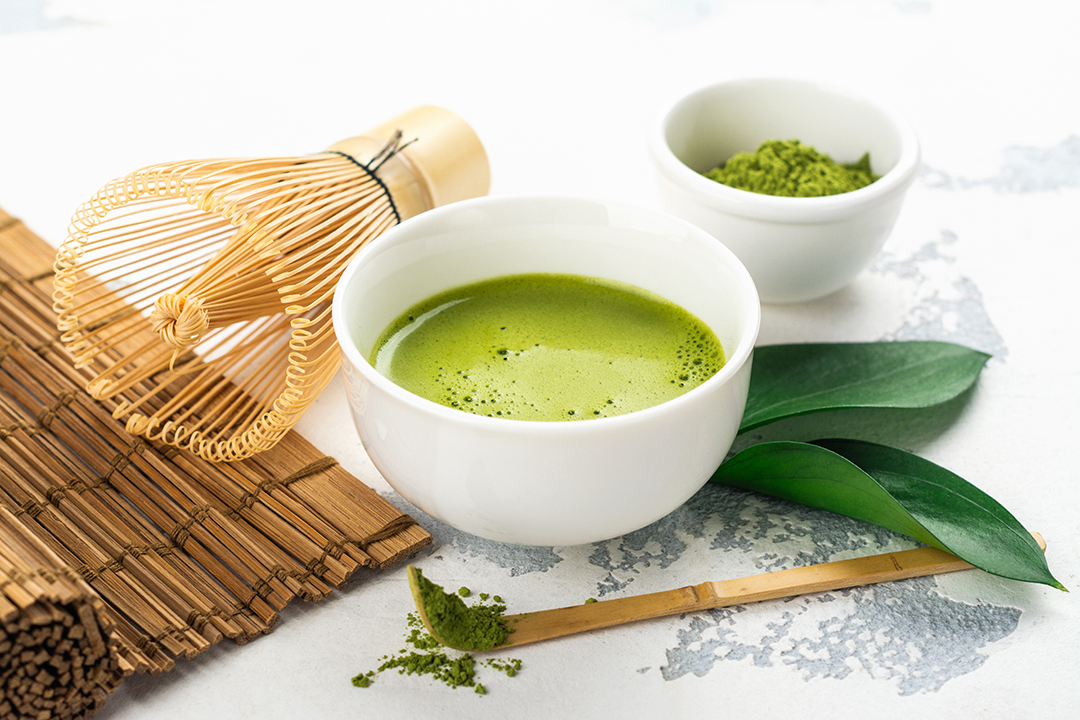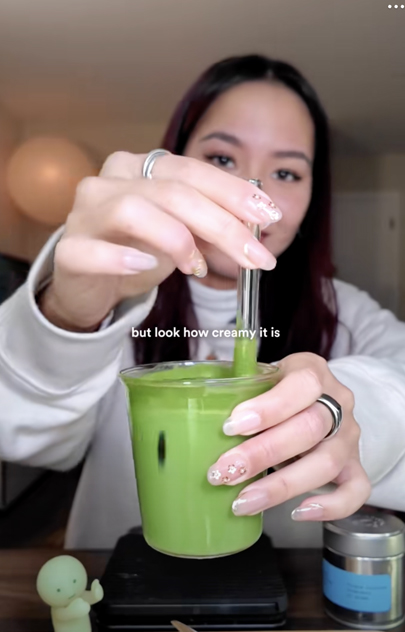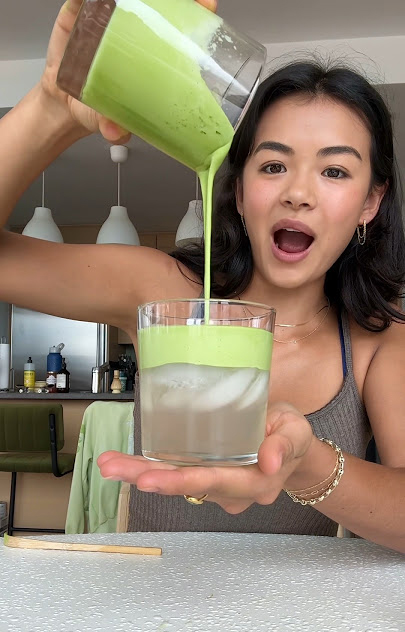Where Did All the Matcha Go?

There was a time—not that long ago—when matcha was a quiet staple at Japanese tea ceremonies and specialty cafes. Now, it’s everywhere. In lattes, in donuts, in skincare, in candles, on TikTok, and apparently… missing from shelves. That’s right: we’re officially in a matcha shortage.
According to a recent Bloomberg article, Japan’s matcha producers can’t keep up with global demand, and a big chunk of the blame (or credit?) goes to U.S. consumers who have fully jumped on the matcha train. There’s been a spike in tourists visiting Japan, a TikTok-fueled obsession with traditional tea culture, and a general shift in what younger consumers want in their cups and on their Instagram feeds. The result is a rapidly shrinking supply of the finely ground green tea powder that once felt so niche.
But here’s the real tea: the matcha shortage isn’t just about demand outpacing supply. It’s a reflection of something much deeper—a shift in cultural influence, taste-making power, and the ways Asian culture is shaping American consumption.
From Ancient Ceremony to Viral Must-Have
Matcha’s been a part of Japanese culture for centuries, traditionally used in tea ceremonies that are as much about mindfulness as they are about drinking tea. In the U.S., its modern rise can be traced to the early 2010s when health-conscious millennials looking to break up with coffee latched onto its clean energy buzz. Then came the wellness wave—matcha was suddenly packed with antioxidants, calming L-theanine, and vibes. Coffee shops started offering it as a luxe alternative. Wellness influencers stirred it into frothy oat milk. Pinterest boards went green.
And of course, Gen Z took it from “cute” to “viral” with pastel green matcha swirls dominating TikTok and Reels. On TikTok alone, #Matcha has racked up over 248 million posts and over billions of views, with creators sharing everything from aesthetic latte recipes to traditional whisking tutorials. This massive wave of content has turned matcha into a cultural phenomenon, endlessly fueling its popularity online. Brands like Cha Cha Matcha have also leaned into the hype, turning the matcha latte into a lifestyle statement with chic branding and celebrity endorsements. This explosion of content has transformed matcha from a niche wellness product into a mainstream cultural staple.
Asian Americans and the Matcha Movement
While matcha’s current hype involves people from all backgrounds, Asian Americans have played a significant role in introducing and normalizing it in mainstream U.S. culture. Many grew up with matcha-flavored treats like Pocky, ice cream, or mochi, making the leap to matcha lattes feel like a natural progression. But beyond nostalgia, Asian American creators and entrepreneurs are helping to shape the narrative of matcha’s rise.
Platforms like TikTok and Instagram have become hubs for matcha content. Creators like Michelle Li (@miiisheru) not only share recipes but also educate their audiences on traditional preparation methods, cultural significance, and personal stories. Then there are brands like Ashley Alexander’s Nami, which successfully launched as a matcha lifestyle brand, largely fueled by her influencer reach and loyal fan base. While Nami’s rapid sellouts demonstrate the powerful influence of creators in driving demand, they also reflect the wider cultural embrace of matcha and its evolving status as a lifestyle staple.

Michelle Li

Ashley Alexander
Even cafés with Asian American founders, like Matchaful in New York and Boba Guys in California, have played pivotal roles in making high-quality matcha accessible. By presenting it as both a craft beverage and a cultural touchpoint, they’ve contributed to matcha’s transformation from a wellness niche to a mainstream favorite.
Matcha Culture is Here to Stay
The matcha shortage is a reminder of just how deeply matcha has woven itself into our culture. From its ceremonial roots to its TikTok fame, matcha’s journey reflects the growing influence of Asian traditions in everyday life. And whether you’re sipping it for the aesthetic, the wellness perks, or simply the taste, there’s no denying—matcha’s moment is far from over.
At APartnership, we help brands authentically engage with multicultural America. Want to build something great together? Let’s talk.



